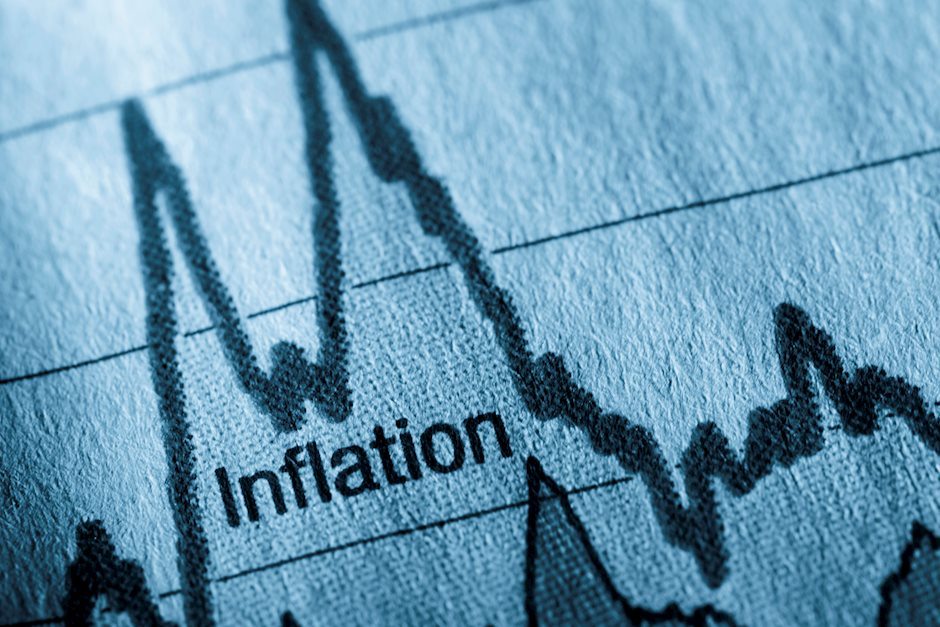Weekly focus: Inflation pressures easing but too early to declare victory

The big market mover this week was US CPI for October, which surprised to the downside with a rise in the core CPI inflation of 0.2% m/m versus a consensus estimate of 0.3% m/m. The number added to the picture that inflation pressures are easing. The October inflation print from the euro area showed a similar development earlier this month. However, it is still too early to declare victory over inflation. While goods price inflation has come down a lot, service price inflation is still too high. Labour markets remain tight sustaining high wage growth. We need to see more cooling of the economies to get further cooling of the labour markets and service inflation under control. Some Fed members during the week did warn that it was too early to declare victory and said higher rates could still be needed. San Francisco Fed’s Daly said the data pointed to a deceleration in inflation but cautioned against prematurely calling for a “time out” on further hikes.
In the US retail sales for October was stronger than expected and still points to quite resilient private consumption. Hence we have yet to see consumers give in to the higher interest rates. However, we continue to see a further cooling of the labour market and consumption to kick in over the coming quarters implying that the Fed is done for now and can start lowering rates in the first half of 2024. The market is also convinced the Fed is done following the lower inflation print and bond yields moved much lower during the week and the USD weakened further. Stocks rallied on the positive signs of a soft landing.
In the euro area, it was a fairly quiet week. The German ZEW showed a rebound in November from -1.1 to 9.8. It tends to give a good signal on the Ifo business survey, which we get in the coming week. ECB’s Kazak said it was premature to say we have reached the terminal rate and said there was no clear peak in wage growth yet. ECB’s Guindos said he wouldn’t prejudge further rate movements and future decisions will be data dependent. However, Centeno delivered more dovish comments saying inflation retreated faster than it went up and that real rates continue to rise as inflation comes down.
A decline in oil prices is providing additional help with easing inflation pressures. Brent oil dropped further this week below USD80 per barrel on concerns over weak demand and it is back to the levels seen in the summer months after hitting USD96 in late September. If the sell-off continues, we will likely see further supply cuts by OPEC and US resuming buying of oil for its strategic reserves. Both factors would help floor oil prices.
Turning to Asia, Japan’s GDP growth for Q3 disappointed with a decline of 0.5% q/q (consensus -0.1% q/q). Chinese data for October showed positive surprises for retail sales and industrial production but housing remained a key concern with further declines in both house prices and home sales. On the geopolitical front leaders of the US and China, Joe Biden and Xi Jinping, met for the first time in a year. We see it as positive that the dialogue is back, which is key to managing the strained relationship and put up guard rails to avoid escalation into military conflict at some point. But the intense rivalry is likely to be with us in the years to come.
Looking ahead to the coming week focus turns to Flash PMI’s in the US and the euro area, German Ifo survey, Japan CPI and a Riksbank meeting in Sweden.
Author

Allan von Mehren
Danske Bank A/S

















